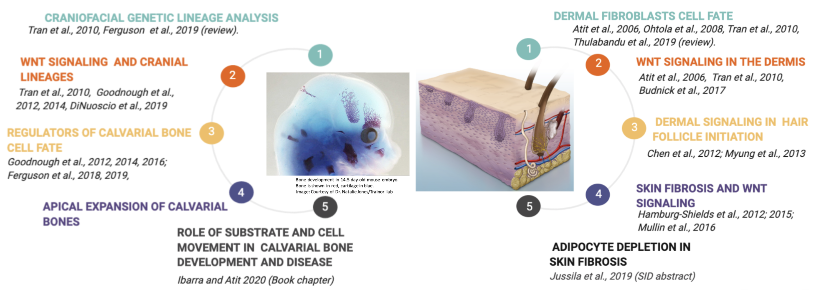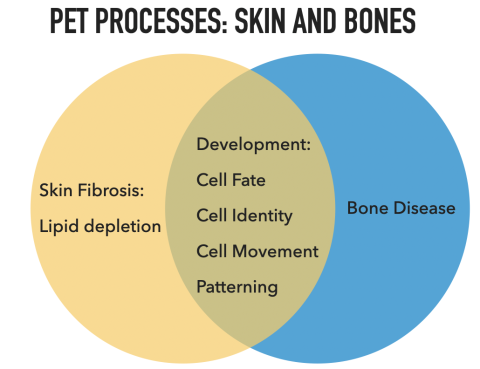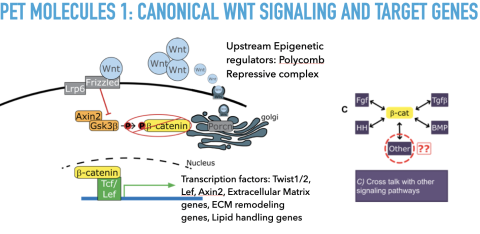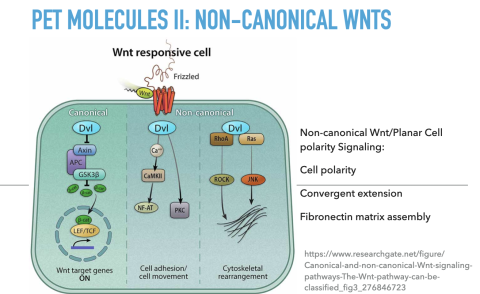Craniofacial Development and Skin Fibrosis
Our research is focused on skin and skull bone development and spans the developmental period of cell fate selection through the diseases of skin and bones. We are currently using tissue specific transgenic mice to address questions of cranial bone and skin cell specification and differentiation in development. We are interested in how cell differentiation and function is altered in disease of the skin and bone. These are fundamental biological problems with implications for development in general, and for our understanding of bone and skin related diseases.
Currently most of our projects fall in the following two categories:
- Skull bone development and growth and how it is dysregulated in defects of the calvaria roof of the skull.
- Understand how Wnt signaling activation and its downstream mediators cause skin fibrosis and loss of dermal adipocytes. What are some relevant cellular and molecular mechanisms that can be used to reverse established skin fibrosis?
Our lab has two main branches of research: the craniofacial group and the skin biology group. We have worked on lineage tracing, role of Wnt signaling in cranial lineage decisions and calvarial bone cell fate in Atit Lab publications: Tran et al., 2010, Goodnough et al., 2012, 2014, 2016, and DiNuoscio 2018. We have investigated the role of genetic and epigenetic regulators Goodnough et al., 2014, and Ferguson et al., 2018 and 2019.
More recently we are working on calvarial apical expansion and the role of substrates in cell movement and disease. On the skin side, we have worked on dermal fibroblast cell fate in Atit, et al., 2006; Tran et al., 2010, Budnick et al., 2017, the role of wnt signaling in dermal fibroblasts development and hair follicle initiation in Chen et al., 2012; Myung et al., 2013. Recently, we are working on Wnt signaling in dermal fibrosis in Hamburg et al., 2012, Hamburg-Shields et al., 2015, Mullin et al. 2016 and adipocyte depletion in skin fibrosis and published in Jussila et al., 2021.
Our lab focuses on skin and bone development and disease. We focus on skin fibrosis and fibrotic fat loss and calvarial bone defects such as craniosynostosis. The overlap includes developmental questions of cell fate, movement, identity, and patterning.
Pet molecules I is the canonical Wnt signaling pathway, its upstream and downstream targets that can function in our various projects in skin fibrosis and calvarial development and disease directly or by cross-talk with other signaling pathways.
Pet molecules II are Non-Canonical Wnt pathways such as Wnt-Planar Cell Polarity and Wnt-Calcium are important cell polarity, and cytoskeleton rearrangement which can promote cell movement and extension of tissues.





